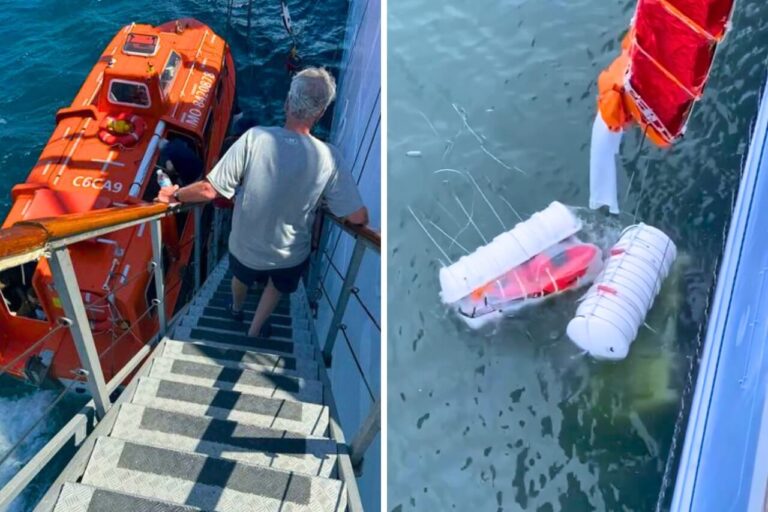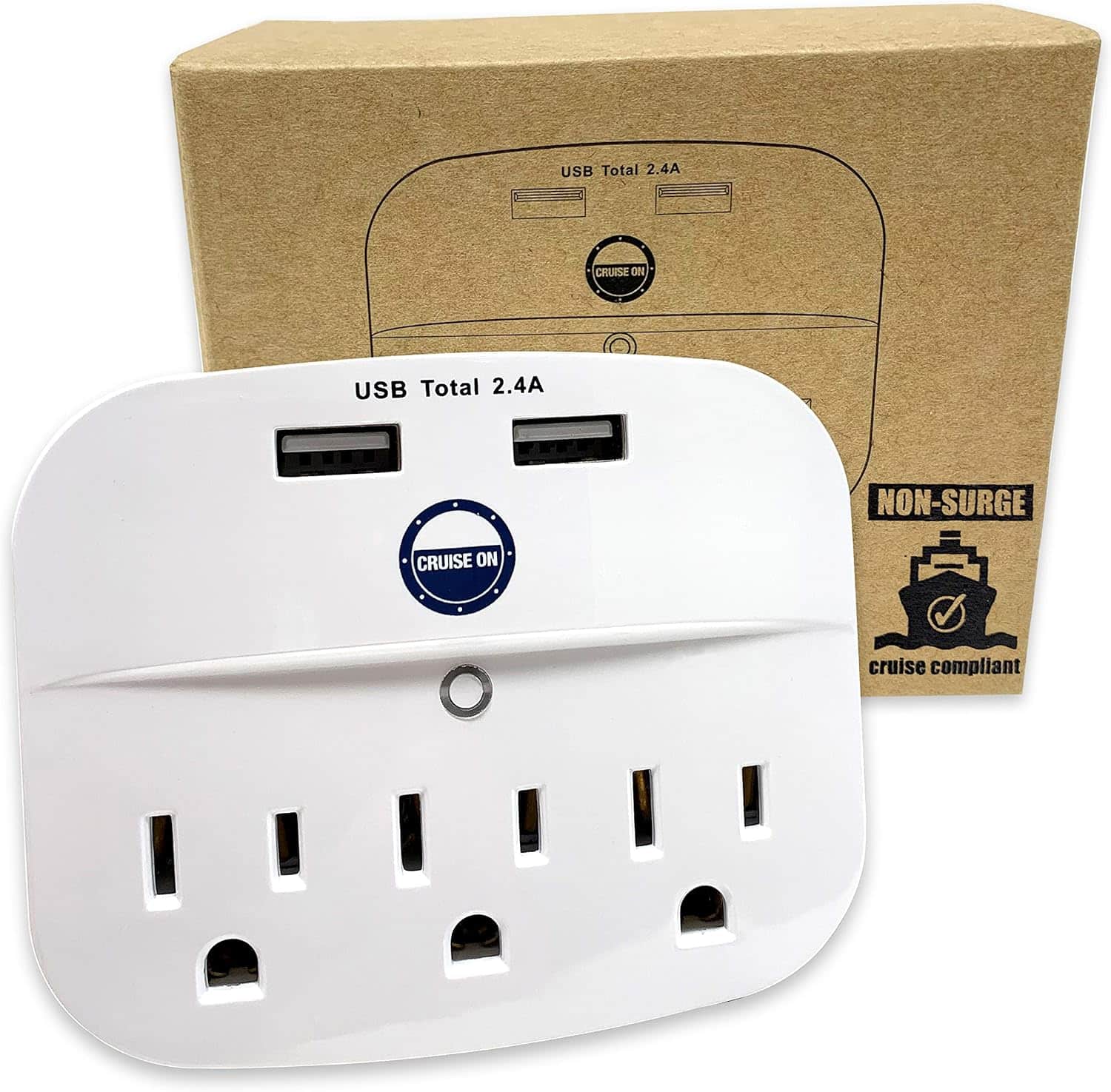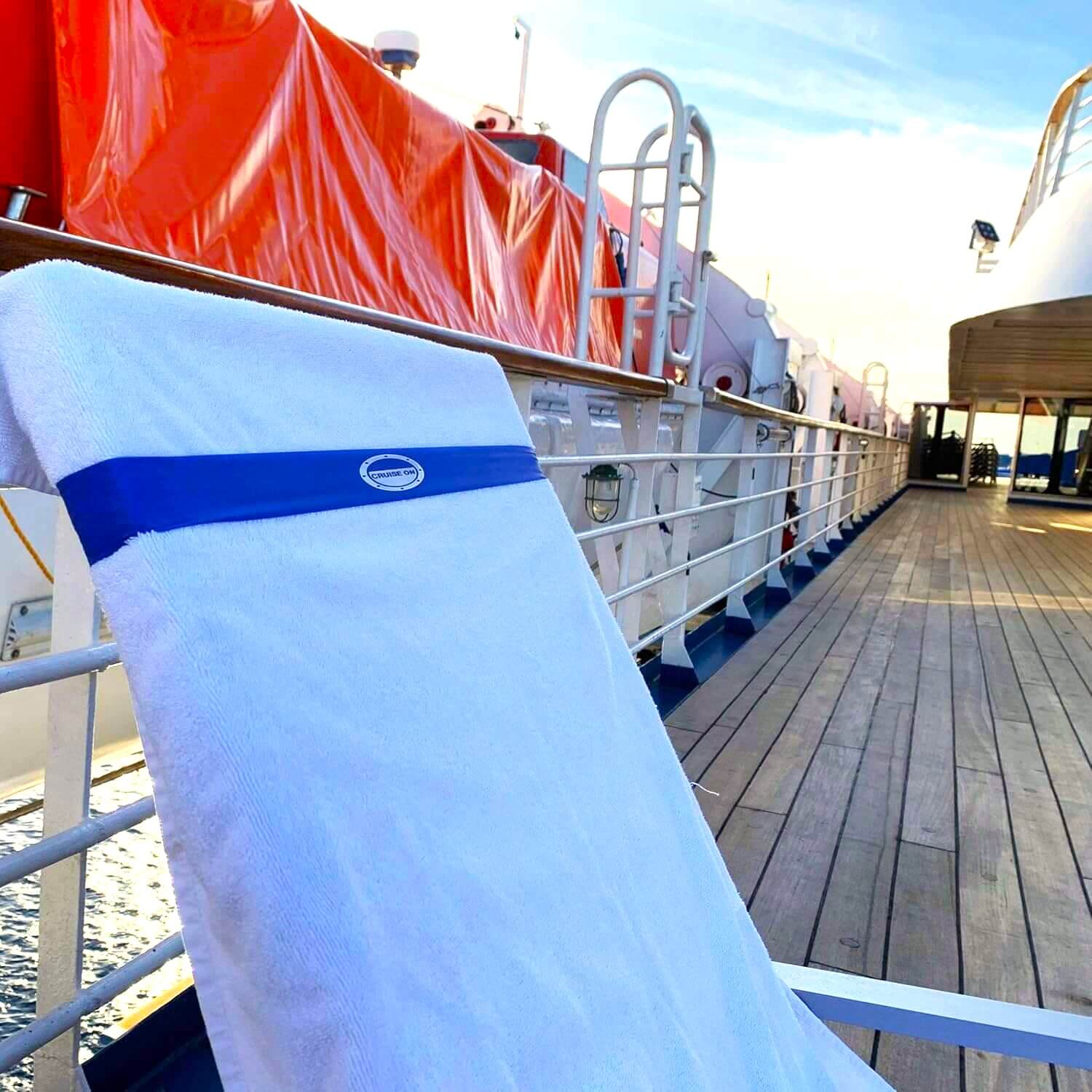If you are an experienced cruiser like me, you probably don’t think about these things anymore. However, I often get questions from people who have to go on a cruise for the first time.
Beginners can be frightened by the size of the ship and the vastness of the ocean, and wonder whether there are enough lifeboats for everyone on board.
The answer isn’t as straightforward as you might expect. So let’s look at whether there are enough lifeboats and why this can vary from one ship to another.
The number of lifeboats
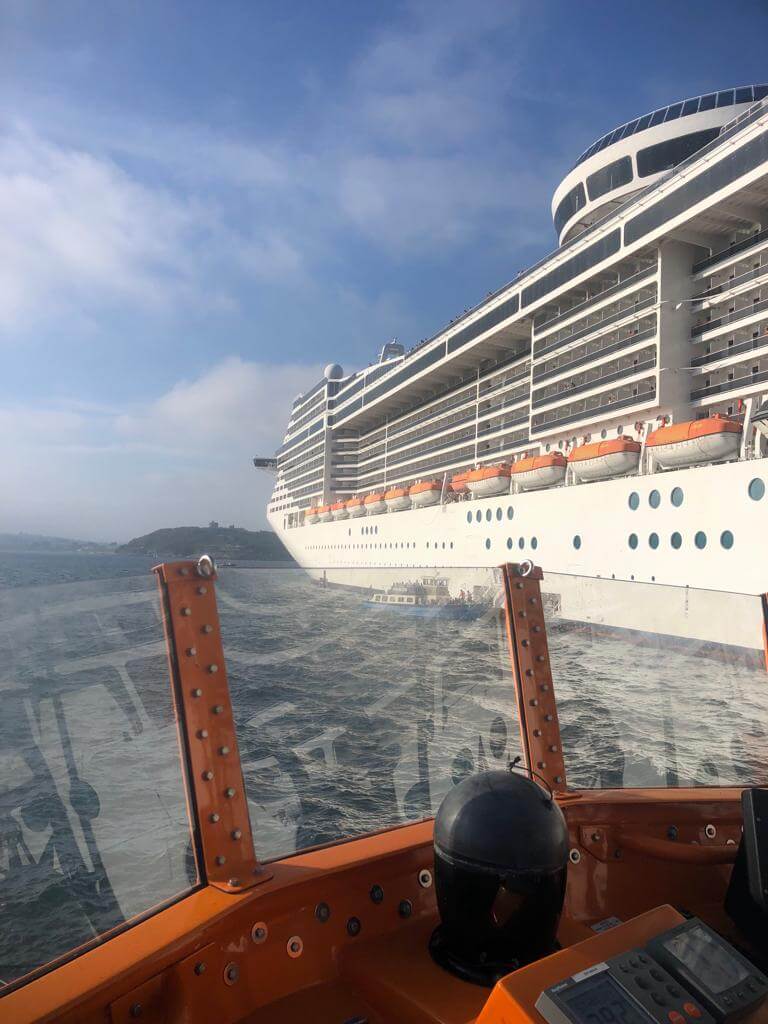
The size and number of lifeboats vary depending on the ship.
For example, mega-ships like Royal Caribbean’s Oasis of the Seas can carry up to 18 lifeboats that can accommodate about 370 people each.
This is a significant increase from the older lifeboats. Just think that about a decade ago the average number of passengers for a lifeboat was about 150 people.
However, despite these large lifeboats, the sheer size of such ships and the increasing number of passengers that cruise ships can carry still make the situation somewhat challenging.
Why aren’t lifeboats always enough for all passengers?
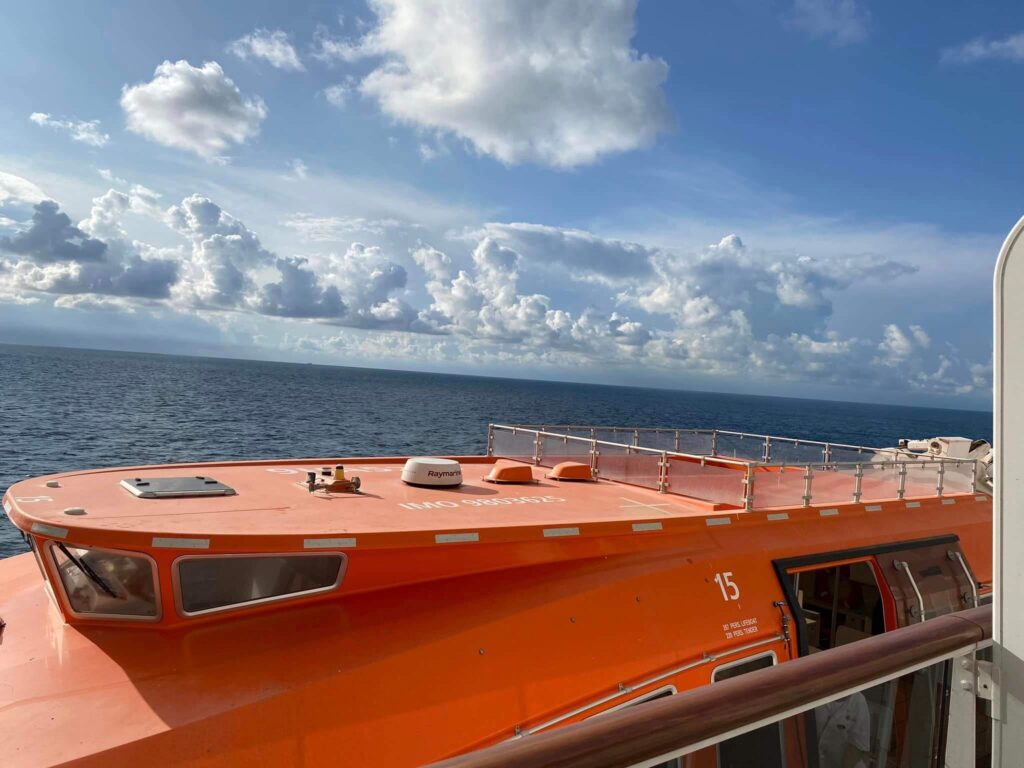
According to the International Convention for the Safety of Life at Sea, lifeboats on each side of the ship should accommodate 37.5% of the total number of passengers (including crew).
This means that both sides combined must account for 75% of the ship’s capacity.
But what happens to the remaining 25%?

The remaining 25% is covered by liferafts that are typically stored in compact containers and are deployed with the help of chutes during an emergency.
Keep in mind that this is the minimum set by law. To further reassure passengers, some cruise ships have more lifeboats than the minimum required.
Who decides who should use lifeboats and who should use liferafts?
Generally, liferafts should be used by crew members, while most of the passengers should use lifeboats.
However, it may happen that passengers also have to use the rafts, especially on older ships.
You should usually receive a notice in your cabin informing you that in case of evacuation, you will have to use a raft.
They inform you because rafts are generally accessed via a slide and therefore passengers with mobility difficulties may need extra assistance.
What’s the real difference?
Below you can see a picture of a modern lifeboat.

As you can see lifeboats are rigid and motorized, they look like small ships and are typically stored on the sides of a cruise ship.
They are designed to be launched using a davit system, which can take time and is more susceptible to human error during deployment (this is why it must be done by a trained crew member).
However, their solid construction and motors make them highly reliable, as they don’t depend on inflation mechanisms, and they can navigate independently once in the water.
In addition, modern lifeboats are often equipped with essential survival gear, such as food, water, signaling devices, and extra lifejackets.
On the other hand, below you can see a picture of two modern liferafts that were just deployed.

As the name suggests, they are collapsible rafts that and stored in heavy-duty fiberglass canisters on deck.
They are designed to automatically inflate when deployed, typically using high-pressure gas canisters.
One of the main difference is that liferafts lack motors and are primarily meant to provide temporary refuge rather than transportation.
They are generally less comfortable and that’s why they are often used to supplement lifeboat capacity, particularly for crew members or in situations where lifeboats cannot be deployed.
What’s inside a lifeboat?

As we have just seen, lifeboats are much more complex, both in terms of structure and function.
This is why they are also used in tender ports to reach the shore when the ship is too big to enter.
Have you ever wondered what is inside a lifeboat? As you can see from the pictures, just a lot of seating space, which can also be distributed over two levels.
Under some seats you can also find extra equipment that may be needed in case of emergency.
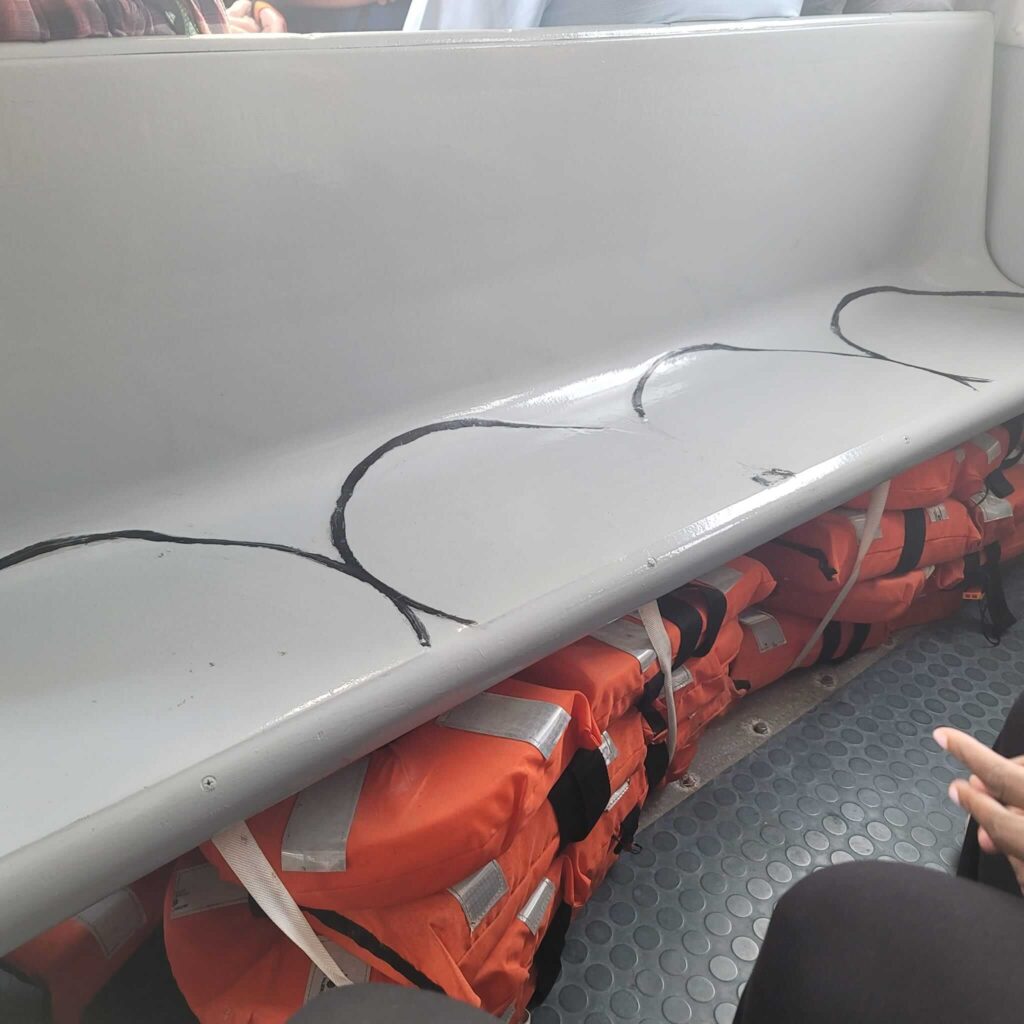
Food and water
Another very interesting thing is that it is required by law to have food and drinking water on lifeboats.
As for food, there must be at least 10,000 kJ (2,400 kcal) per person.
Obviously this is food specially designed for these conditions, so it is non-perishable (usually canned).
Regarding water, there must be a minimum of 3 liters of drinking water per person.
Food and water are stored in special compartments that are often located along the sides and under the seating areas to maximize space and ensure the supplies are protected and accessible.
I have tried several of them but these are the most durable and sturdy.

